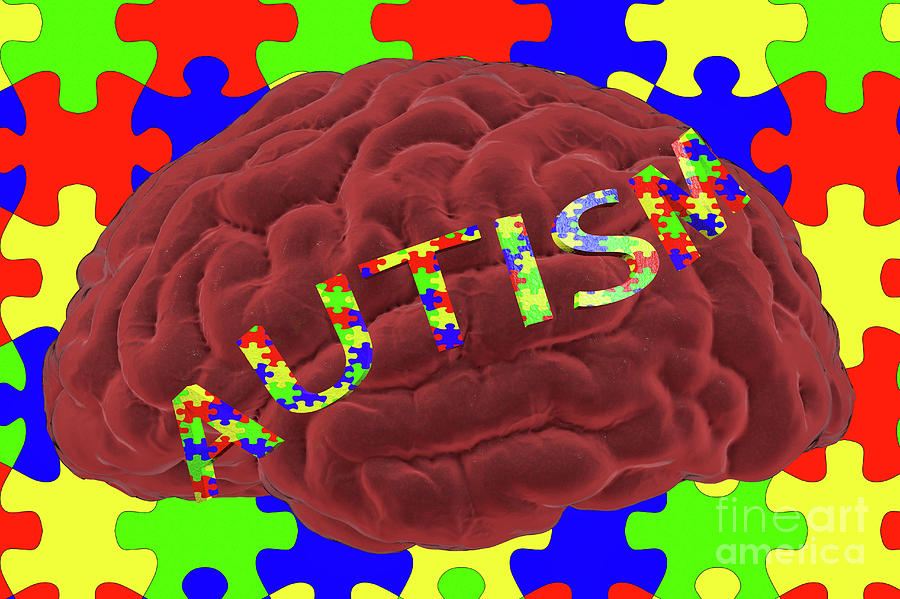
Children with ASD may insist on certain routines or patterns in everyday life or want to play with toys in atypical ways (for example, spinning the wheels of a toy car rather than “driving” it). They may have a particular interest or hobby that is unusually intense compared to those of other children their age. Some children with autism spectrum disorder may flap their hands or rock back and forth, repeat lines from books or movies, or have strong or muted reactions to sensory stimuli (for example, smell, sound, or touch). These struggles are often intensified by difficulty reading or responding to other people’s emotions. Their relationships with peers are often affected because of difficulties understanding and performing reciprocal (back and forth) social interactions. That makes autism the fastest-growing developmental disability in this country.Īlthough the symptoms of autism vary in severity, there are two major categories: Difficulty with social communicationĬhildren with autism spectrum disorder often struggle with nonverbal communication behaviors (for example, making eye contact, reading, and using facial expressions and gestures) that come naturally to other children. One in 88 children in the United States has autism spectrum disorder (ASD), including 1 in 54 boys. This reflects the substantial research concluding that all autism spectrum disorders are characterized by marked deficiencies in social interaction and communication, and various behavioral issues, though their individual presentations may vary.
#Autism spectrum disorder manual#
In May 2013, the term "Autism Spectrum Disorder" will be adopted by the Diagnostic and Statistical Manual of Mental Disorders, 5th edition (DSM-5), to replace all these names. Children with severe ASD seem to inhabit their own world - a world that can sometimes seem closed off to relatives and friends.Īutism spectrum disorders currently go by many names – autism, Autistic Disorder, Asperger Syndrome, and Pervasive Developmental Disorder Not Otherwise Specified (PDDNOS). Children with mild ASD can have a hard time learning social skills that come easily to other children, such as making eye contact, having back-and-forth conversations, coordinating language with nonverbal communication, or learning through social imitation. Some children may not like to be hugged or touched, while others seek out and enjoy physical touch.ĪSD can express itself in different ways, but it's characterized by difficulties with social communication and unusual or repetitive interests and behaviors.

For instance, some children may rarely use words to communicate, while others may hold extensive conversations and use rich language.

Symptoms can range from mild to severe and vary with each individual. Autism spectrum disorder (ASD) is a complex neurological and developmental condition that usually appears during the first three years of life.


 0 kommentar(er)
0 kommentar(er)
